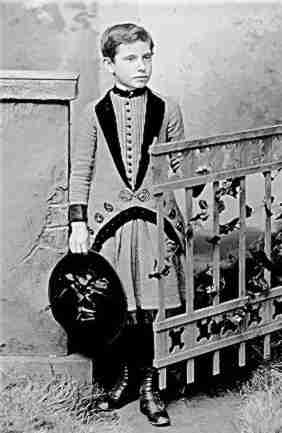
Figure 1.--This dress may not look very boyish, but there are boyish touches, especillt front bittons and a kind of stylized jacket.


Figure 1.--This dress may not look very boyish, but there are boyish touches, especillt front bittons and a kind of stylized jacket. |
Through the 1860s, girls and young boys wore essentially the same styles of dresses, although some mothers may have slected less fancy styles for their sons. These less fancy styles, howevers, were dresses also worn by girls. One did not see advertisements in fashion catalogs for boys' and girl's dresses. Fashion magazines may discuss fashins suitability, but there were no dresses specifically described as boy dresses. Brothers and sisters were basically dressed alike. This began to change in the 1870s. Beginning in the 1870s, fashion experts and parents began to think it appropriate for even younger boys and girls to be dresses destincly. Mothers perhaps incouraged by their husbands, who wanted to dress their sons differently from their daughters had two new alternatives: the boy dress and the kilt suit. Not all mothers, of course, wanted to dress their younger sons differently from their sisters, but beginning in the 1870s these altrnatives were available for mothers that did.
One begins to see in the 1870s for the first time dresses advertized as boy dresses or suitable for boys. This may be the result of the appearance of mail order catalogs at this time as well as the increasing availability of ready-made clothes. There were still many dress styles desceribed as children's dresses, meaning suitable for both boys and girls. But in the 1870s, dresses with some or all of the boyish features were first offered to American mothers as boy dresses. HBC assume that the same phenomenon also occurred in Europe at about this time, but cannot yet confirm it.
A HBC reader comments that HBC mentions in a number of places that there were no specialized "boy" dresses before 1870. I no longer agree with this statement. The dresses shown in a web collection for the time period 1850-1870 in some cases are very feminine looking but they would never be worn by a girl. The dresses always have short skirts, above the knees, and are worn with lacy pantalettes. One image image shows a dress suitable for a boy of 9 years. Most of these dresses would cost a fortune, so they are clearly not costumes for the masses. The girls pictured in these illustrations have longer skirts, often with hoops, and seem to be wearing corsets. [HBC notes that these are interesting comments and we will pursue them in more detail as our research progresses.]
HBC agrees and should not have said that there were no "boy" dresses before 1870. We do note that before 1870 that it was not very common to see advertisements for "boy dresses". The fact that advertising became more prevalent at this time may well be a factor. We are not familiar with commercial references to boy dresses before this time, although this is not to say that they did not exist. Almost certainly some mothers, but not all, before the 1870s would have chosen plainer styled-dresses for their sons. Such conventions, however, were not well established. Thus a great deal was up the mother's personal ideas on children's clothes.
American mothers desiring to dress their boys in a style destinct from their sisters, but not yet breech him, had another new style available in the 1870s. Mother coukd choose the kilt suit, a style with an only limited relationship to a Scottish Highland kilt. The kilt suit had the practical advantage that the suit jacket could be worn with kneepants once the boy was breeched. This style was particularly important in the United States.
Navigate the Historic Boys' Clothing Web dress pages:
[Return to the Main boy dress stylespage]
[Pinafores]
[Ringlet curls]
[Smocks]
[Bodice kilts]
[Kilts]
[Fauntleroy dresses]
[Sailor dresses]
[Fancy dresses]
[Dresses: 16th-18th centuries]
[Dresses: Early-Mid-19th century]
[Dresses: Late-19th century]
[Dresses: Early 20th century]
[Difficult images]
[Movie dresses]
Navigate the Boys' Historical Clothing Web Site:
[Introduction]
[Activities]
[Bibliographies]
[Biographies]
[Chronology]
[Clothing styles]
[Contributions]
[Countries]
[Boys' Clothing Home]
